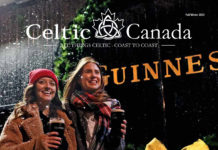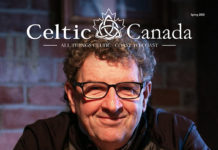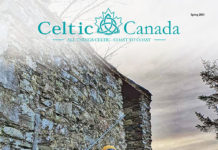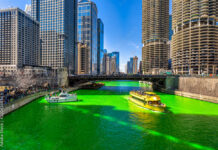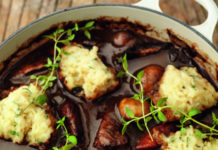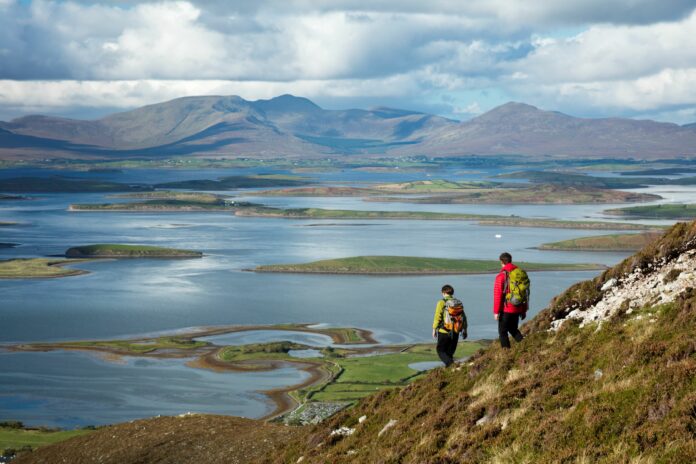Not in Ireland for St Patrick’s Day? No problem. There are lots of places that have strong connections to the saint that can be visited all year round.
Known as Ireland’s holy mountain, Croagh Patrick has held a special place in Irish spirituality for millennia. It was where ancient peoples worshipped their gods and where in AD 441 St Patrick came to fast for 40 days before reputedly banishing the snakes from the island. Thousands of people climb the mountain every year to enjoy the spectacular views from the summit.
- St Parick’s Cathedrals, Co. Armagh
Ireland’s ecclesiastical capital, Armagh city, is home to two cathedrals dedicated to the saint. The Church of Ireland one is said to be built on the hill where St Patrick built his first stone church, while the Roman Catholic one stands on a facing hill where Patrick took a lost fawn to be reunited with its mother, announcing then that a great church would stand there one day.
Slemish is believed to be where Patrick tended sheep for six years after being brought to Ireland as a slave. It’s said that his faith was forged in the hardship he endured there. While it’s traditional to climb the mountain on St Patrick’s Day (17 March), it’s a popular climbing spot all year round with the ascent doable in an hour.
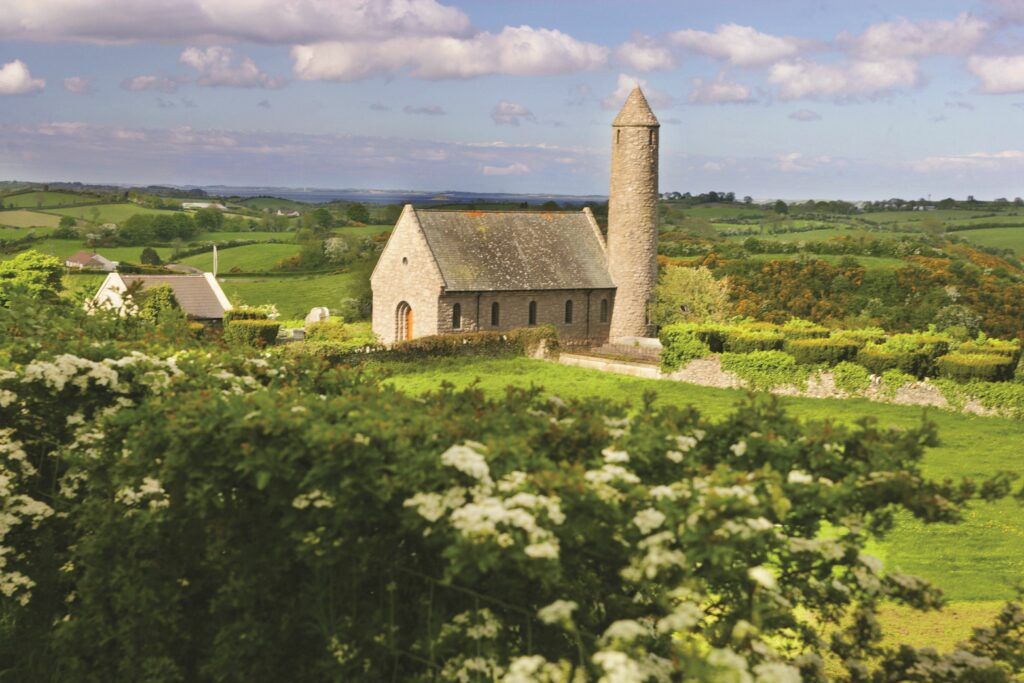
The small stone church at Saul, a few miles outside Downpatrick, marks the spot where an abbey once stood before being plundered in the fourteenth century. The simple church that stands there now was erected in 1932 to commemorate the 1500th anniversary of the landing of Patrick at the mouth of the Slaney River a few miles away.
Sitting in a lake in beautiful County Donegal, St Patrick’s Purgatory is a place of retreat where pilgrims go to rediscover what really matters in life. The famous three-day pilgrimage involves fasting, walking barefoot and no sleep for 24 hours. Shorter, less arduous retreats are also offered.
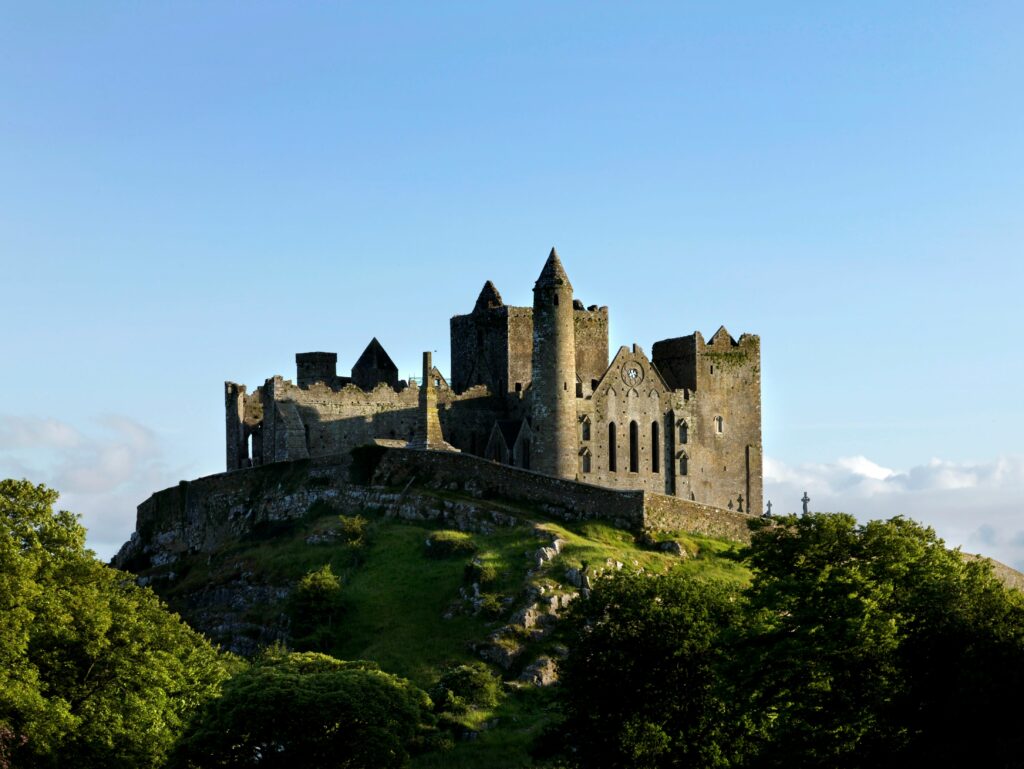
The imposing Rock of Cashel is a place of centuries-old heritage and was the seat of the High Kings of Munster for hundreds of years. There, in the fifth century, St Patrick converted King Aengus to Christianity and in the twelfth century the rock was gifted to the Church. Its impressive cluster of medieval buildings makes it one of the most visited places in Ireland.

Dating mostly from the eighteenth century, but with some visible vestiges of the much earlier monastery that was built on the site, Down Cathedral is best known for being the burial place of St Patrick. A large stone slab outside the cathedral marks the place the saint is said to be buried. A replica eighth-century St Patrick’s High Cross also stands in the grounds.
The Saint Patrick Centre is the only permanent exhibition in the world about Ireland’s patron saint. Its amazing multi-media exhibition examines the life and legacy of St Patrick. It includes a narration of Patrick’s own words by actor Ciaran Hinds and a virtual helicopter ride over the places related to St Patrick in Ireland.
- St. Patrick’s Way, counties Armagh and Down
St Patrick’s Way: the Pilgrims’ Walk is a 130 km walking trail from Armagh city to Downpatrick visiting key sites relating to St Patrick and Christian heritage. The route passes through Scarva, Newry, Warrenpoint and Newcastle before reaching Downpatrick wending its way through forests, over mountains and along the coast.
The Hill of Slane in the Boyne Valley played an important part in Ireland’s history and mythology long before Patrick’s arrival but it is also known as the place Patrick lit the Paschal flame in defiance of the pagan king. The ruins of a sixteenth-century monastery stand on the hill on the spot where a previous monastery was founded by Erc, appointed bishop by Patrick in the fifth century.




